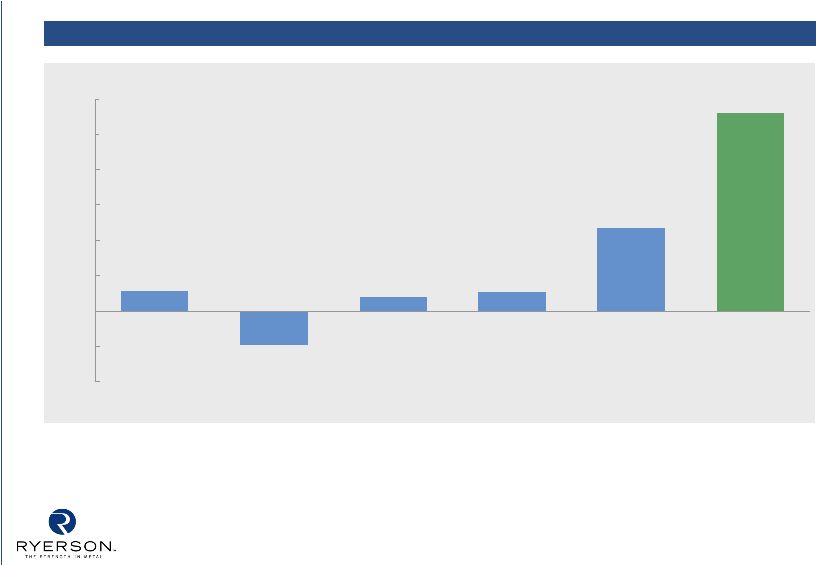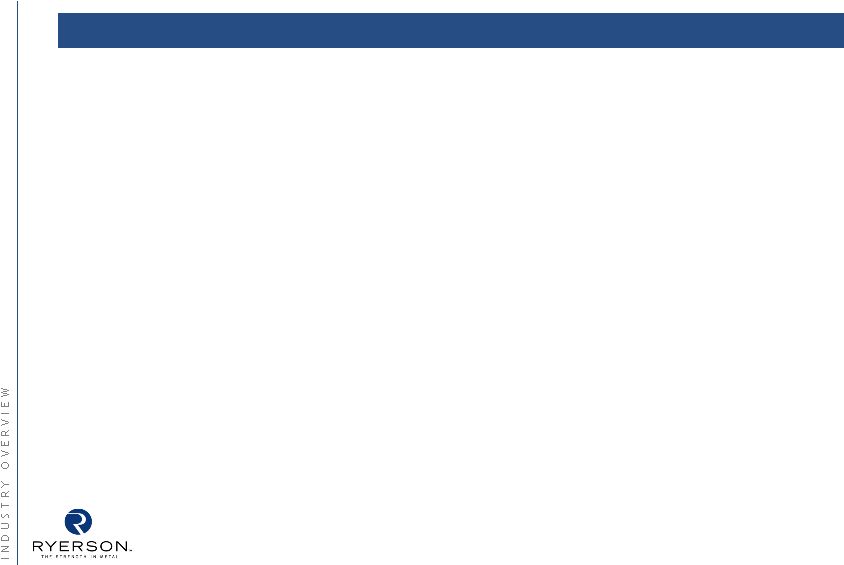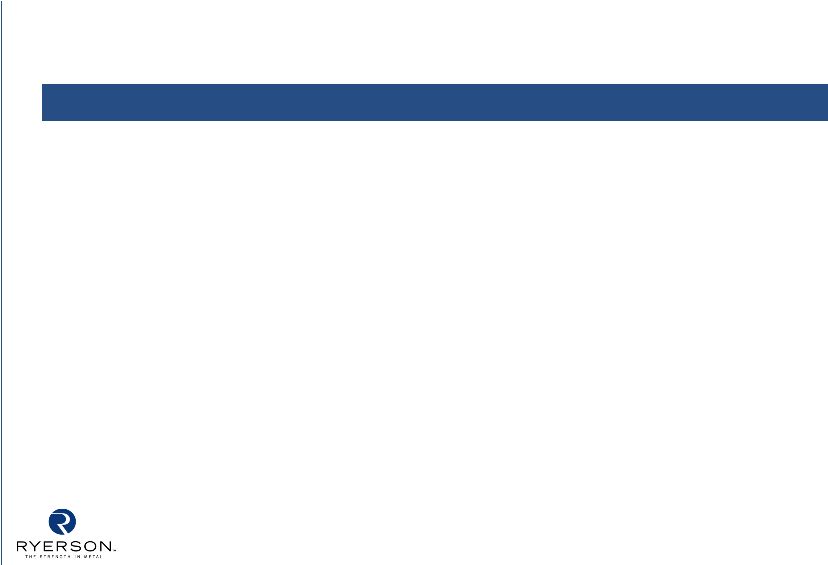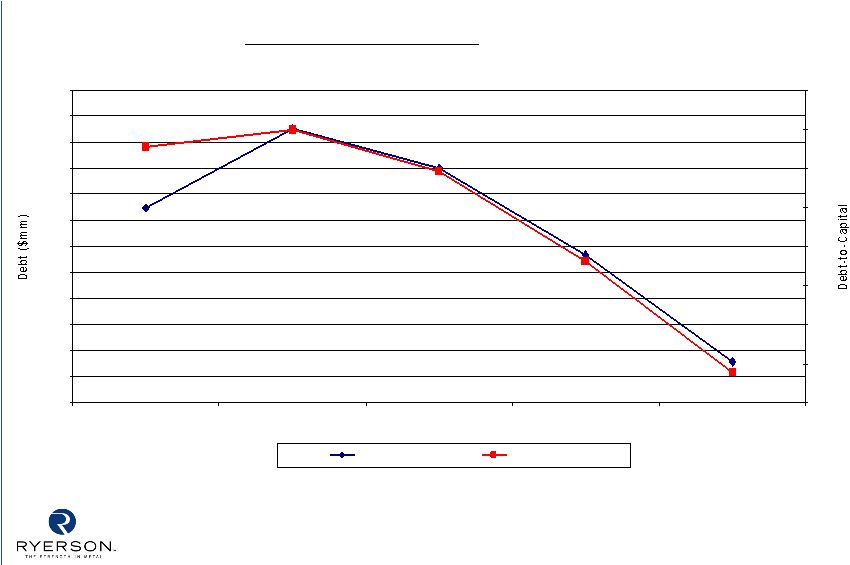Free signup for more
- Track your favorite companies
- Receive email alerts for new filings
- Personalized dashboard of news and more
- Access all data and search results
Filing tables
Ryerson similar filings
- 17 Mar 06 Ryerson to Restate and Revise Consolidated Statements of Operations
- 14 Mar 06 Other Events
- 6 Mar 06 Regulation FD Disclosure
- 28 Feb 06 During this presentation, we will make forward-looking
- 23 Feb 06 Regulation FD Disclosure
- 17 Feb 06 Results of Operations and Financial Condition
- 6 Feb 06 Ryerson Signs Definitive Agreement to Sell Oil and Gas Assets
Filing view
External links

























